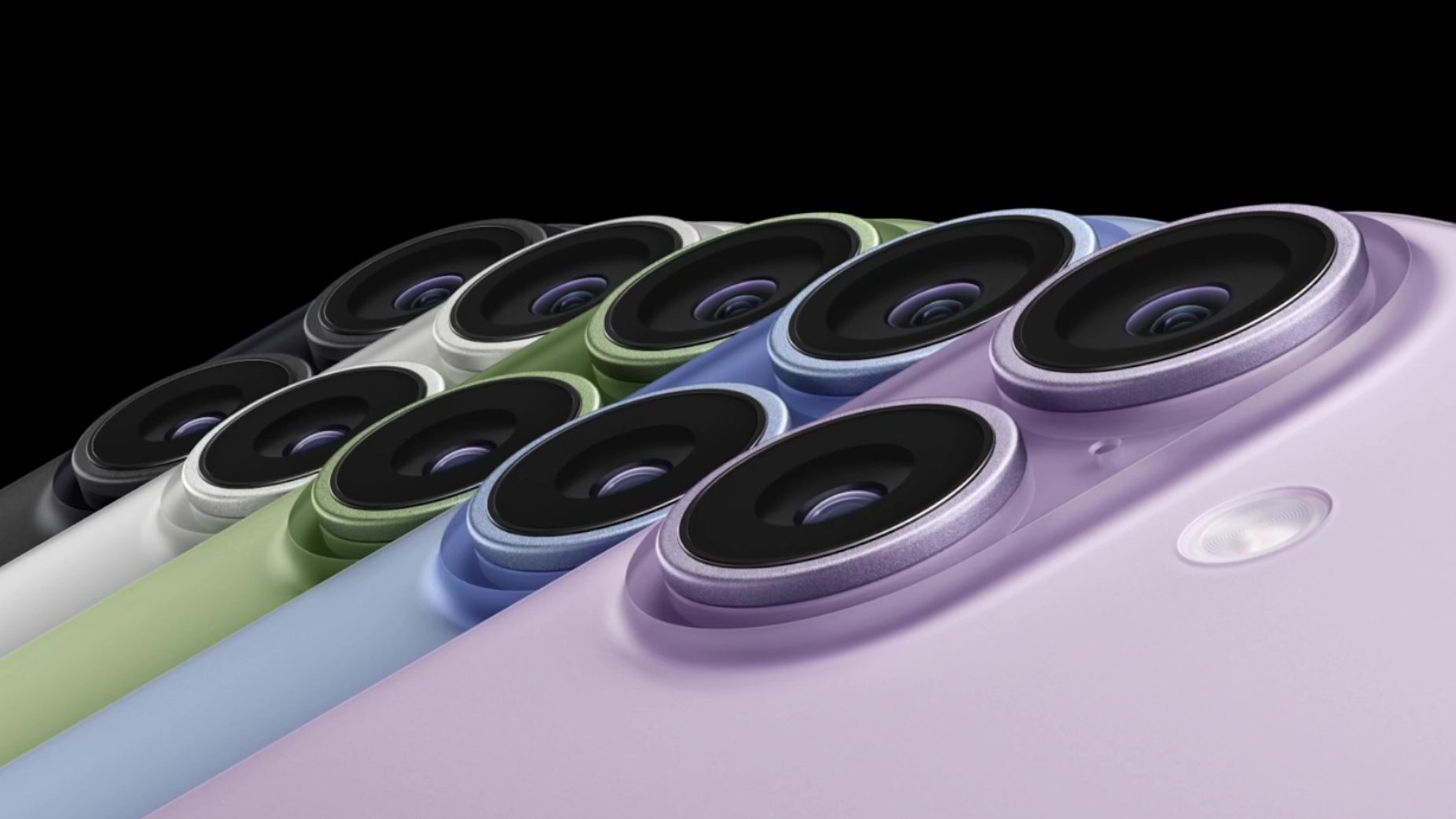A study recently published in the peer-reviewed journal American Psychologist found that the combination face recognition and artificial intelligence technologies can accurately assess a person’s political orientation.
The study was written by researchers at Stanford University’s Graduate School of Business. The researchers write that before the experiment, 591 participants answered a political questionnaire that contained information about their political beliefs. The same participants were scanned by the researchers’ artificial intelligence algorithm, which attempted to assess where they fell on the political spectrum.
Overall, the algorithm was able to determine a person’s political orientation with a high degree of accuracy, even if that person’s personality was “decorrelated with age, gender, and ethnicity,” the researchers wrote. “The algorithm’s predictive accuracy was even higher” when it had access to “the age, gender and ethnicity of the participants.”
The researchers examined “differences between the average facial contours” of “more liberal and more conservative men and women.”
According to this analysis, liberals and conservatives have markedly different facial morphologies.
Liberals have “smaller lower faces” and “smaller lips and noses.” [que] “are shifted downwards” and their chins are “smaller” than those of conservatives, the researchers write.
“…Facial appearance can shape psychological traits…People largely agree on their political orientation based on their faces (Todorov et al., 2015). Regardless of whether such judgments are accurate, the self-fulfilling prophecy effect (Merton, 1936) states that people who are perceived as having certain qualities are treated accordingly; internalize such attributions; and over time may begin to behave in a manner consistent with the perceptions of others (Slepian and Ames, 2016). For example, people with larger jaws, who are often perceived as more socially dominant (a trait associated with political conservatism), may become more dominant over time,” the researchers try to justify.
After this, scientists from Stanford compiled a large database on this transition.
“We show that political orientation can be predicted from neutral facial images by both humans and algorithms, even after controlling for factors such as age, gender and ethnicity. “This suggests a link between political views and inherent facial traits that are largely outside an individual’s control,” the study said.
Source: Digital Trends
I am Garth Carter and I work at Gadget Onus. I have specialized in writing for the Hot News section, focusing on topics that are trending and highly relevant to readers. My passion is to present news stories accurately, in an engaging manner that captures the attention of my audience.











